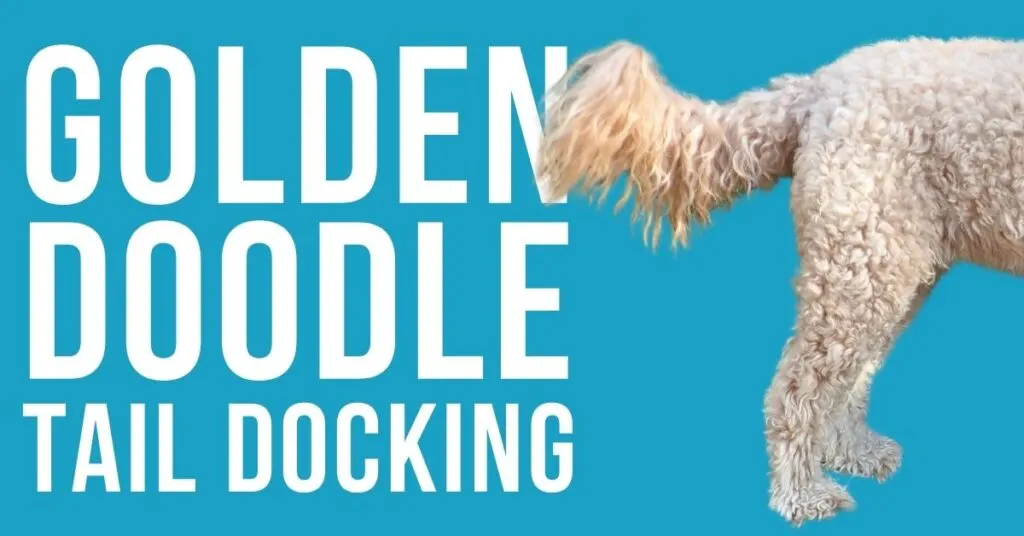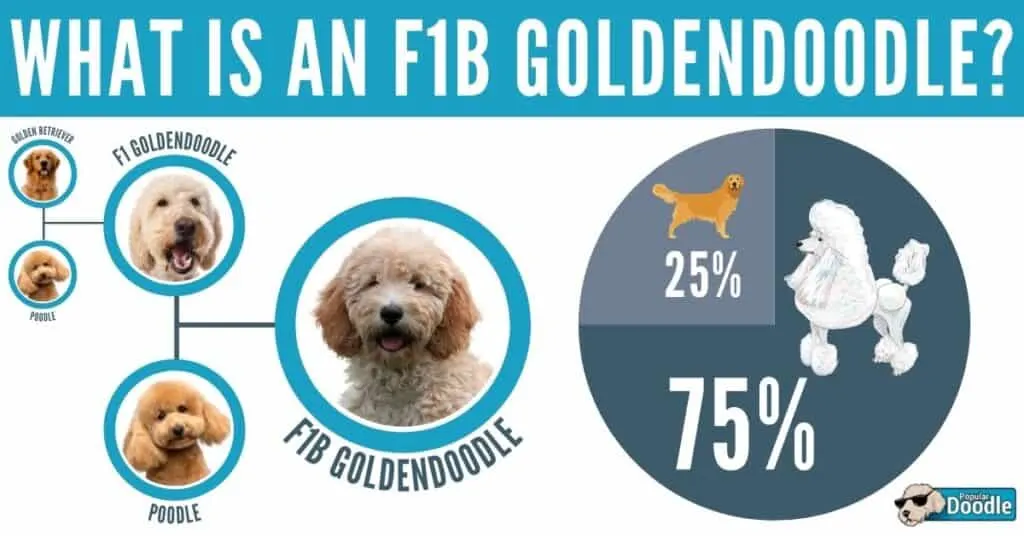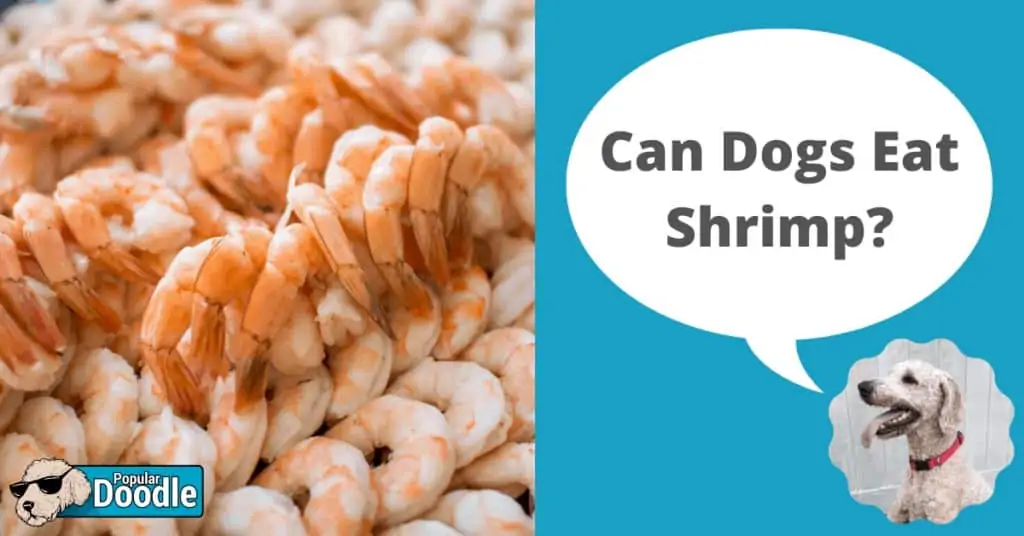
Historically, tail docking dogs was thought to prevent rabies, increase their speed, strengthen their backs, and prevent injuries when fighting, ratting, and baiting.
Today, Goldendoodle tail docking is performed mainly for cosmetic reasons and is a controversial issue among veterinarians, animal breeders, animal welfare groups, and pet owners.
While proponents of this procedure cite reduced tail injuries and potential hygiene advantages to Goldendoodle tail cropping, many see it as unnecessary and cruel.
Should You Dock A Goldendoodle’s Tail?
The tail of a Goldendoodle can be a beautiful plume of curly or smooth hair that rides high over their backs and curls slightly.
Owing to their mixed genes, Goldendoodles may inherit a tail that extends behind like a Golden Retriever, while some may have a very curly tail that’s likely inherited from their Poodle parent. Other Goldendoodles have tails that stand straight up.
While many Goldendoodle owners love their pets’ long and fluffy tails, a small minority prefer to have their Goldendoodle’s tail docked.
Unlike purebreds, Goldendoodles don’t need to conform to specific breed standards. Since they are simply bred to be companion dogs, Goldendoodle tail docking is not required and is usually not recommended unless there is a medical need as we’ll discuss in the next section.
Additionally, the American Veterinary Medical Association (AVMA) opposes tail docking of dogs when done solely for cosmetic purposes. The organization also encourages the elimination of tail docking from breed standards.
Have a question for a vet? Click here to live chat instantly with a verified veterinarian!
What Is Tail Docking?
Tail docking, also known as tail cropping, is a procedure that involves the amputation of all or part of the tail and should only be performed by a veterinary surgeon.
In medical terms, tail docking is known as “caudectomy”, which refers to the surgical removal of the tail. Caudectomy is generally performed for medical reasons that include the following:
- When a dog’s tail is injured and proper healing is unlikely.
- If removal of the tail is medically advantageous for the dog.
- If the dog’s tail has sustained a serious wound or infection.
- Removal of any abnormal growths or tumors on the tail.
- To help alleviate skin infection under the tail brought about by excessive skin folds.
- Prevent myiasis (infection of fly larvae in body tissues).
- Prevent fecal soiling (fecal materials tend to accumulate around the tail area in dogs with thick, fluffy coats.
When Is the Best Time For Goldendoodle Tail Docking?
Tail docking surgery (also called “bobbing”) is ideally performed when a Goldendoodle puppy is between 3-5 days of age, but the procedure can also be performed in adult Goldendoodles.
In very young Goldendoodle puppies, the procedure is usually performed without anesthesia because it’s assumed that although it can inflict pain, it will only be for a very short time and the puppy won’t suffer.
However, some experts who oppose tail docking believe it’s inhumane and unnecessary. Also, acute and chronic pain in puppies is more severe due to incomplete myelination of their nerve sheet which makes them more sensitive to pain than adults.
Goldendoodle tail docking is an elective surgery. This means it’s not a requirement for the breed and is only performed at the request of the breeder or owner. It’s generally a low-risk procedure and will take only a very short time to perform.
How Goldendoodle Tail Cropping Is Performed
Goldendoodle tail cropping should be done under sterile conditions by a board-certified veterinarian. Before surgery, local anesthesia (with or without sedation) may be used to numb the area. For adult Goldendoodles, general anesthesia is recommended.
Even if your Goldendoodle is still a puppy, amputation of the tail should be followed with the closing of the wound with absorbable stitches or tissue glue with the skin closed over the stump for a more cosmetic appearance.
Unfortunately, there are people who perform the procedure by cutting off a portion of the tail and leaving the wound open.
Goldendoodle tail docking can also be accomplished with electrosurgery or laser surgery.
Most patients can go home on the same day. However, dogs with comorbidities may need to spend a night in the veterinary hospital so they can be closely monitored.
Some breeders choose to tail dock their Goldendoodle puppies a few days after birth. The two most common procedures include the use of the following:
Constricting Band or Tight Rubber Ring
A puppy’s tail is tied with a constricting band or tight rubber ring to cut off the blood circulation. When the tissues of the tail are deprived of blood and oxygen, they will become black and dry and eventually drop off within a few days.
The puppy will suffer intense pain from the time the band or ring is placed until the tail sloughs off.
Inflammation and infection have been known to occur in some puppies, adding to the suffering of the animal. If this happens, the puppy needs appropriate veterinary intervention as soon as possible.
Scalpel or Surgical Scissors
Another procedure commonly practiced by breeders is using a scalpel or surgical scissors to cut off the tail after the part where it has been clamped.
Puppies that undergo any of these procedures suffer from intense pain and discomfort for the next few days as the wound heals. Anesthetics and post-docking pain relievers are not routinely used.
Important Health And Welfare Issues Of Goldendoodle Tail Docking
Health and welfare issues associated with tail docking cannot be ignored.
- Even when a puppy is only a few days old, it can already feel the pain and discomfort caused by tail docking. The pain is felt not only during the procedure but also while the stump is healing.
- The amputation of the tail in puppies may lead to improper development of the muscles that support the rectum and anus. This can lead to fecal incontinence, rectal dilatation or sacculation.
- If the wound remains open, the subsequent inflammation can lead to chronic pain as a result of hyperexcitation of the sensory part of the spinal cord known as the dorsal horn, or the sensation perceived from damage directly to the nervous system and has no threshold.
- Other possible complications of Goldendoodle tail cropping include perineal hernia, submissive urinary incontinence, abnormal regeneration of nerves (post-amputation neuromas), or caudal pain due to scar tissue at the amputation site.
- Goldendoodle tail docking results in the deprivation of a major body appendage which can pave the way for changes in behavior.
- Goldendoodles use their tail to communicate with other dogs and even with people. A dog’s tail is important for the transmission of social cues. Without a tail, a dog might be significantly handicapped in expressing friendliness, playfulness, fear, aggression, etc.
Considering that a docked tail is not a standard of the breed, the decision for Goldendoodle tail docking ultimately falls on the pet owner. Having a clear picture of the procedure as well as its pros and cons can help you make an educated and well-informed decision regarding your Goldendoodle’s health and well-being.
As always, important health decisions for your dog such as this one are best discussed with your veterinarian.
Have a question for a vet? Click here to live chat instantly with a verified veterinarian!

Dr. Merliza Cabriles, D.V.M.
Contributing Professional
Dr. Merliza Cabriles is a licensed veterinarian and university professor with many years of experience in food animal and pet companion medicine. Her passion for writing as well as pet parent education and support is echoed in the articles and ebooks she has written.



![What is a Sable Goldendoodle? [Photo Gallery & FAQs] what-is-a-sable-goldendoodle](https://populardoodle.com/wp-content/uploads/2021/11/what-is-a-sable-goldendoodle-1024x536.jpg.webp)




